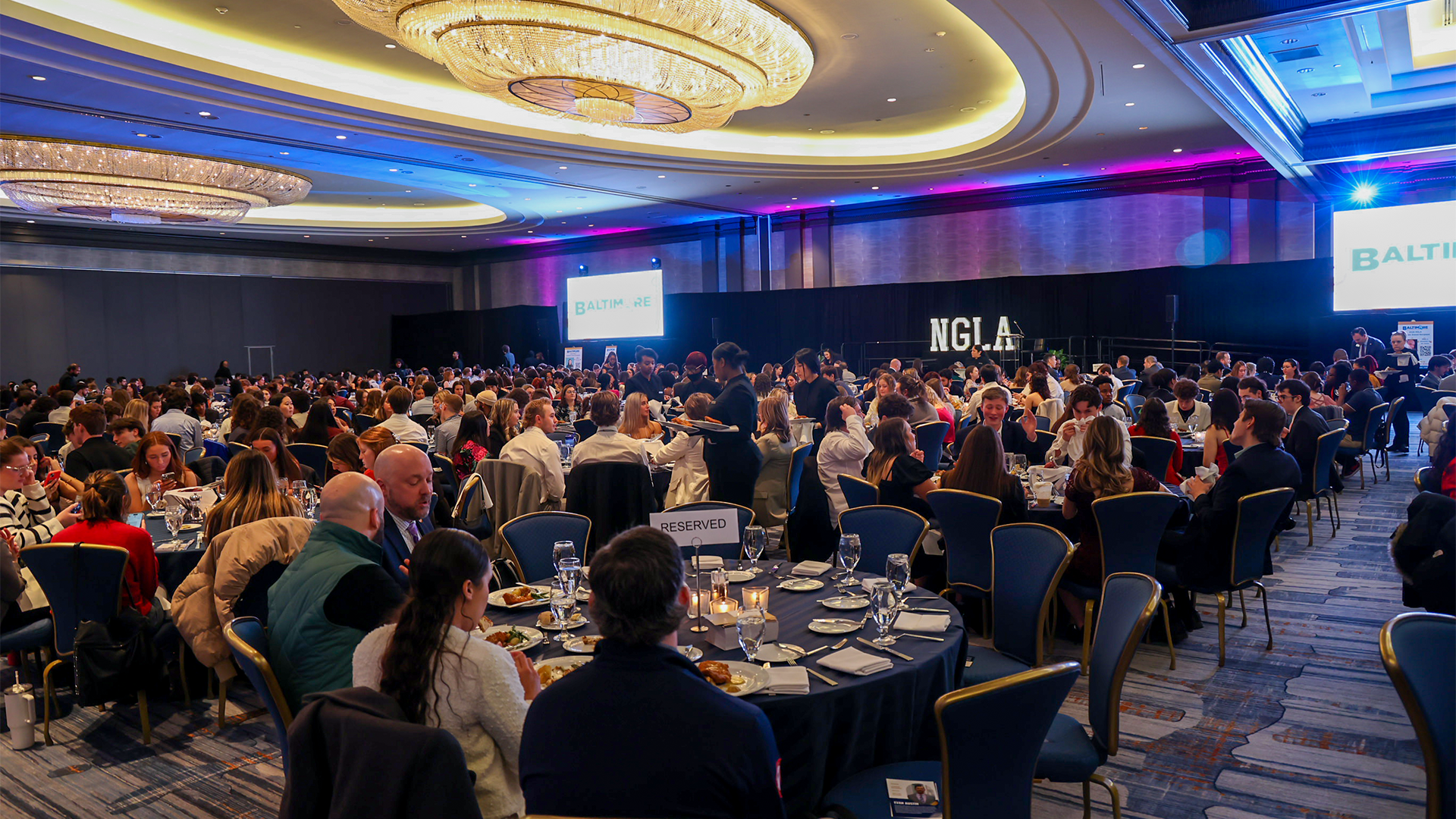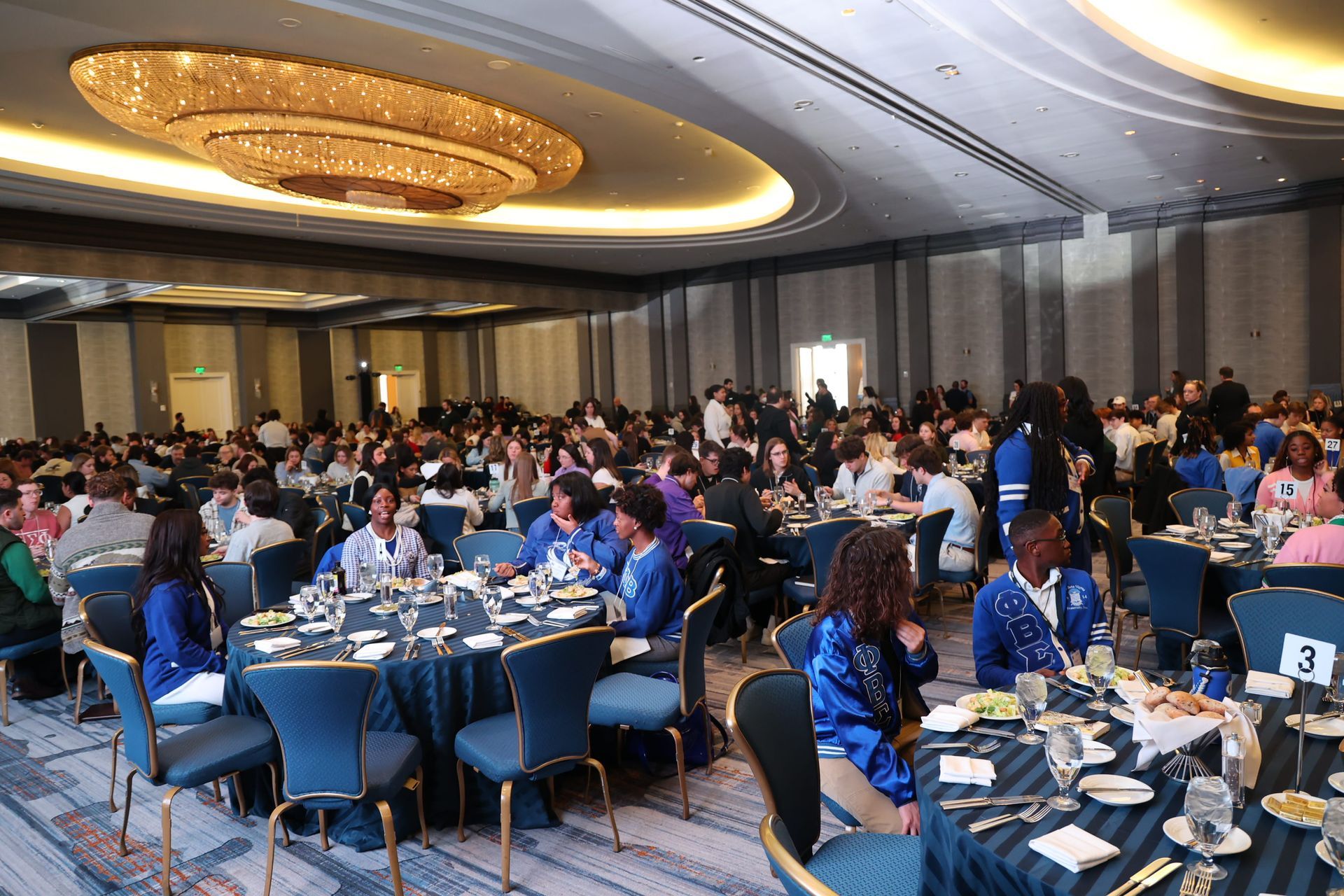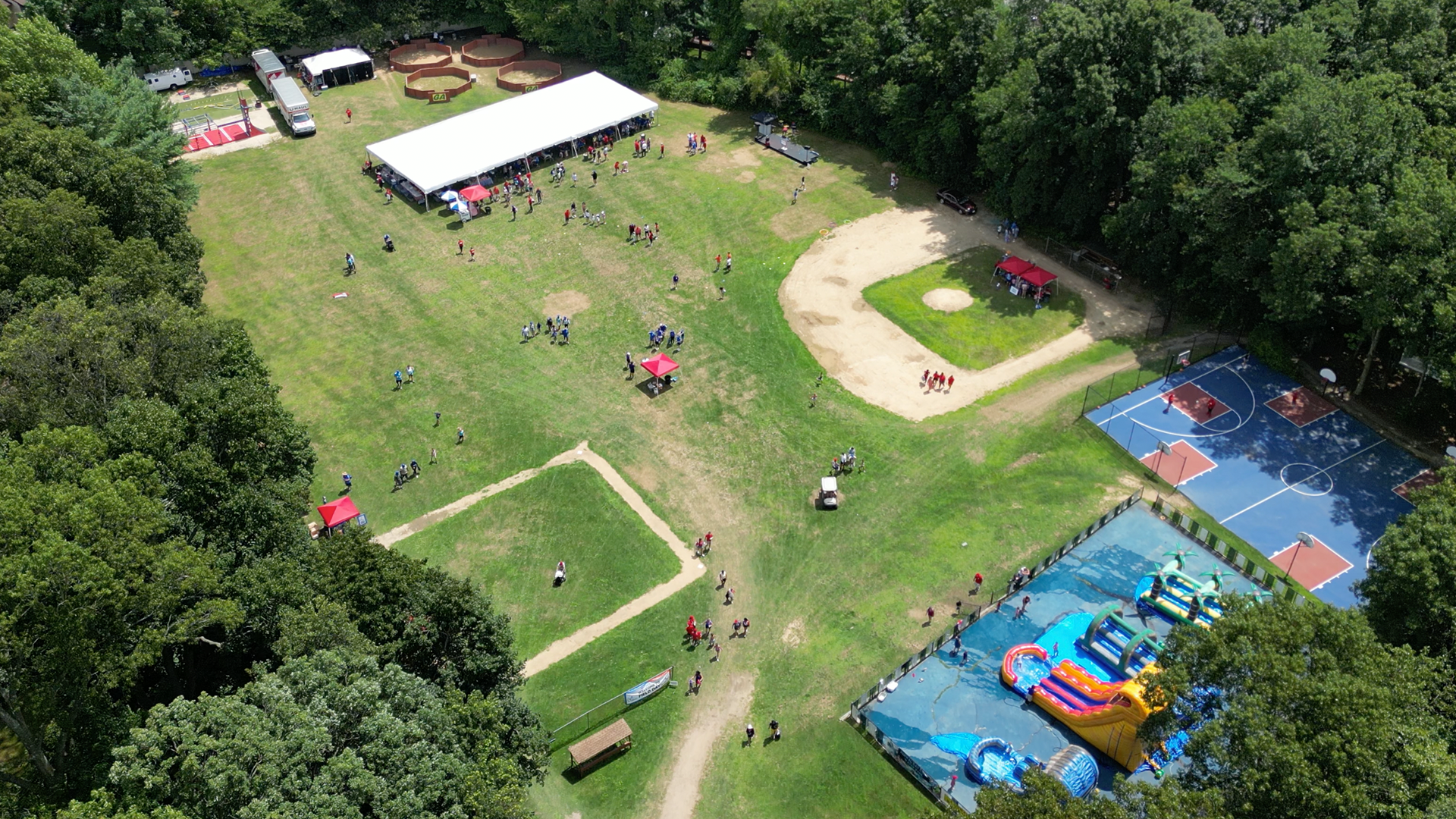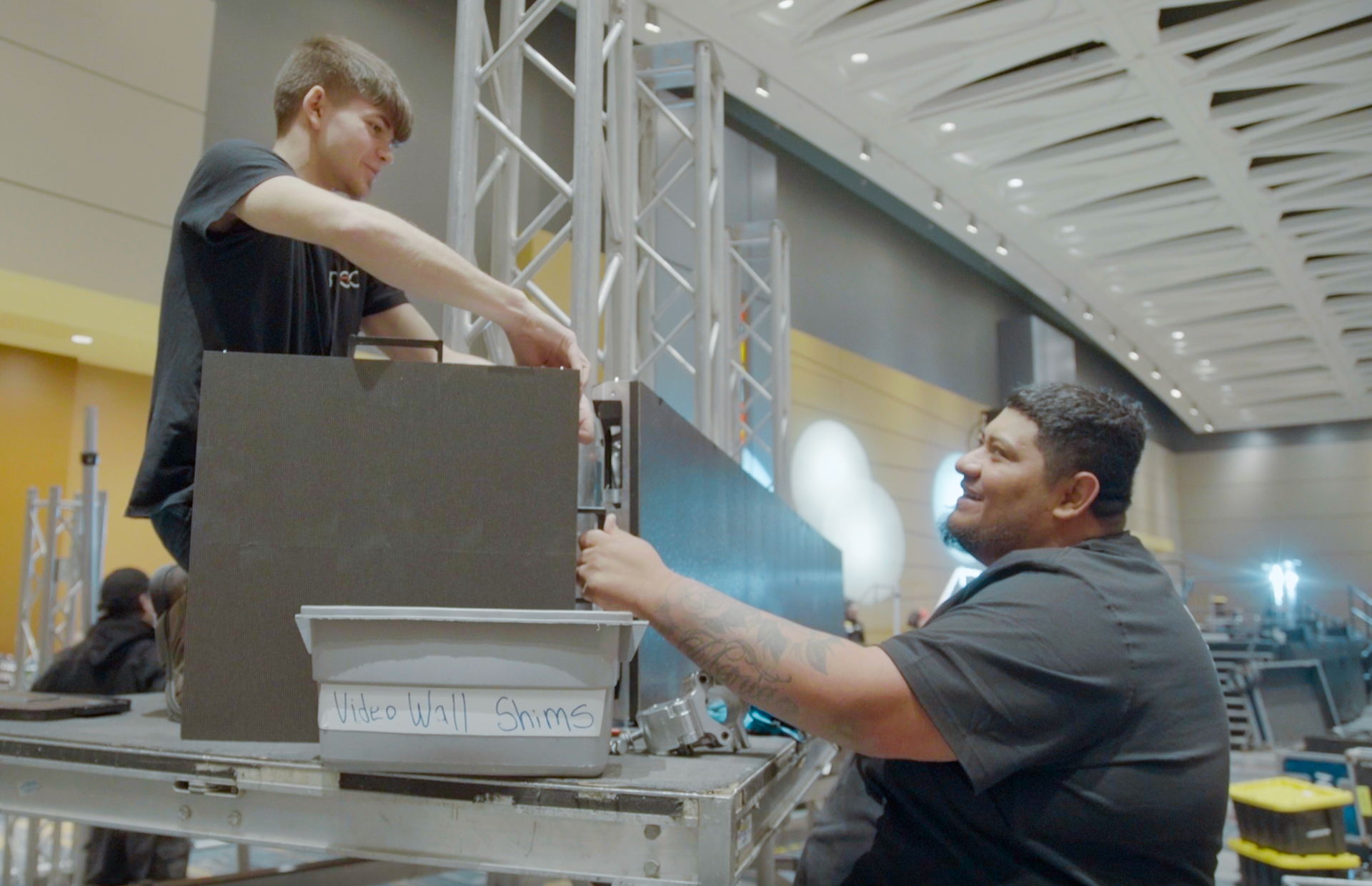Expert Advice for Remarkable Outdoor Spring Event Planning
Introduction to Perfect Spring Event Planning
Spring is the perfect season to host outdoor events, offering a unique blend of mild weather and vibrant natural scenery. As winter fades, the increasing daylight and blooming flora provide an inviting atmosphere for any type of gathering. The key to a successful event lies in thorough preparation and anticipating potential challenges.
Begin by envisioning the kind of event you want to create. Are you planning a corporate retreat, a community festival, or a personal celebration? Each type of event will have different requirements and considerations. Spring events can range from casual picnics in the park to elaborate garden parties, and understanding the scope of your event will help you make informed decisions. In this guide we will highlight the key elements to a successful outdoor spring event!
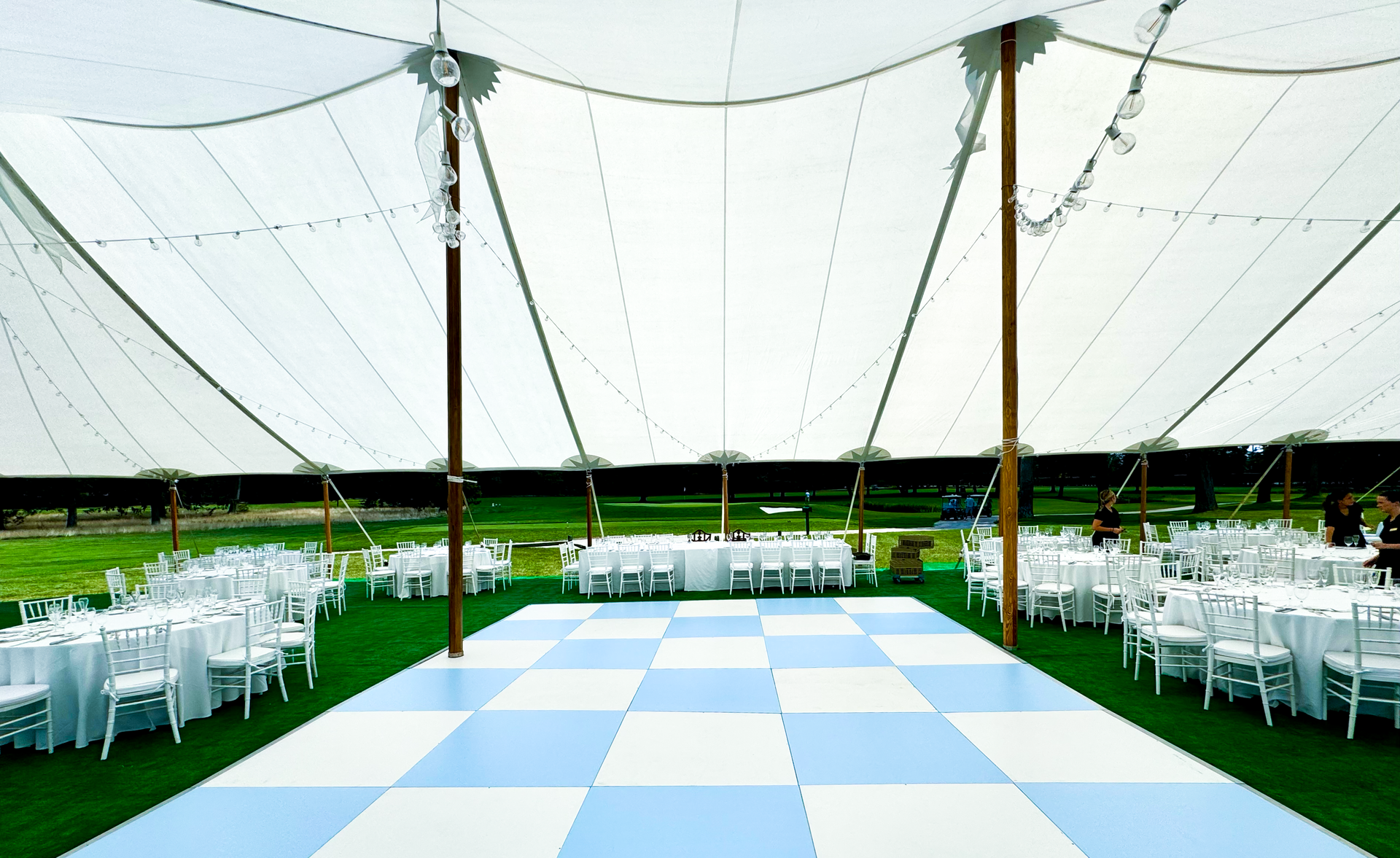
Selecting the Ideal Outdoor Event Venue
Choosing the right venue sets the stage for your entire event. Outdoor spaces like Central Park in New York City offer scenic views and ample room for large gatherings. Long Island's beautiful vineyards are perfect for intimate events. However, securing these prime locations often requires permits. Be aware of local noise ordinances to avoid disruptions. The appeal of an outdoor venue during spring lies in the natural beauty, as blooming flowers enhance the ambiance and create a picturesque environment. Make sure to also consider accessibility and parking options for your guests.
For those hosting community gatherings, local parks provide a convenient and affordable option. However, remember to check if the park has restrictions on the number of attendees or specific areas designated for events. For corporate events, country clubs or resort lawns can offer a professional yet relaxed atmosphere. Private properties can also be transformed into event spaces, providing a unique and customized setting. Just be sure to coordinate with the property owner and local authorities regarding any necessary permissions.
Additionally, think about the amenities available at the venue. Does the location have built-in seating, or will you need to rent chairs and tables? Is there an on-site kitchen or will you need to bring in catering equipment? Addressing these questions early can help streamline your planning process.
Picking The Perfect Timing for Your Event
Deciding between a day or night event can significantly impact the atmosphere. Daytime events offer natural light, which is ideal for family-friendly activities. However, evening events allow for creative lighting designs that can add a magical touch. Consider the seasonal celebrations, such as Easter and St. Patrick’s Day, that can increase demand for venues and planning services during this time because they are popular occasions for gathering.
When choosing the time of day, think about your guests and their needs. For instance, a morning event might be more suitable for a corporate meeting or a yoga retreat, while an evening event can provide a relaxed, festive ambiance perfect for a cocktail party or community festival.
It's also essential to consider the weather patterns specific to your location. Mornings and late afternoons can be cooler and more comfortable in warmer climates, while mid-day might be preferable in cooler areas. Keep in mind that spring evenings can still be chilly, so plan accordingly with heaters or cozy blankets for your guests.
Finally, always keep local regulations and community schedules in mind. Some venues may have restrictions on noise levels after certain hours, and you wouldn't want your event to clash with other significant local happenings.
Preparing for Weather Challenges
Spring weather can be unpredictable, so it's essential to have robust plans in place. While a rain date is a standard precaution, think beyond rain. Strong winds can topple tables and scatter decorations, so it's wise to secure all structures and weigh down loose items. Excessive sun exposure is another consideration; ensure there are shaded areas where guests can find relief. A having a tent at your event is a great way to tackle both potential rain and sun exposure. Heat can be mitigated with fans or misting stations, providing a comfortable environment for everyone. If the forecast predicts a cold snap, portable heaters or blankets can offer much-needed warmth. Additionally, a sudden drop in temperature during the evening can catch guests off guard, so always have contingency plans for heating. Keeping an eye on the weather forecast in the days leading up to your event allows you to make timely adjustments. Finally, communicate your weather plans to guests in advance so they know what to expect and can come prepared.
Securing Essential Utilities
When hosting an outdoor event, ensuring the availability of essential utilities is a key part of the planning process. If your chosen venue doesn't have permanent restroom facilities, renting portable restrooms is a necessity. Make sure these units are clean, well-stocked, and appropriately placed for easy access by your guests.
Electricity is another critical utility. Whether you need it for lighting, sound systems, or catering equipment, having a reliable power source is vital. Generators can be a practical solution, especially in remote locations, but ensure they are adequately fueled and tested before the event. Coordinate with your vendors to understand their power requirements and plan accordingly.
Water access is equally important, particularly if your event includes catering services or food trucks. Some venues may have water hookups available, but if not, consider renting water stations. These can be lifesavers for both food preparation and guest hydration.
Safety should always be a priority. If your event extends into the evening, adequate lighting is essential for both ambiance and safety. Pathway lights, string lights, and floodlights can illuminate the area effectively, reducing the risk of accidents. Don’t forget to have an emergency kit on hand and a plan for any unexpected power outages.
By thoughtfully addressing these utility needs, you can ensure a smooth and successful event experience for everyone involved.
Ensuring Guest Comfort and Safety
Guest comfort and safety should never be an afterthought when planning an outdoor event. First, think about seating arrangements. Offer a mix of seating options to accommodate different preferences, including benches, chairs, and other outdoor lounge furniture. Shaded areas are crucial, especially if your event is scheduled during peak sunlight hours. Renting large umbrellas or canopies can provide necessary relief from the sun.
Bug control is another essential aspect. Insects can be a major nuisance, so use citronella candles or bug zappers to keep them at bay. Offering guests bug spray at various stations can also be a thoughtful touch.
Safety should always be top of mind. Make sure pathways are well-lit if your event extends into the evening. Providing clear signage and easy access to first aid stations can make a big difference. Additionally, keep an eye on the ground conditions; wet or uneven surfaces can pose a tripping hazard, so laying down mats or boards can help ensure stable footing.
Finally, ensure that all safety measures comply with local regulations and guidelines to provide a worry-free experience for your guests.
Food and Drink Arrangements
When planning the food and drink for your spring event, consider a mix of options that can cater to various tastes and dietary needs. Food trucks are a fantastic choice, offering a variety of cuisines and the flexibility to serve guests efficiently in an outdoor setting. Ensure the food trucks you select are reputable and can handle the size of your event. For a more traditional setup, consider buffet tables or catered meals that can be served in designated areas.
Hydration is key, especially in warmer weather. Set up multiple water stations throughout the venue to keep guests refreshed. These can include bottled water or water dispensers with cups. Additionally, consider having non-alcoholic beverages like iced tea, lemonade, and soft drinks readily available.
For events that include alcohol, make sure to have a plan for responsible serving. Hiring professional bartenders can help manage this, ensuring that all guests enjoy themselves safely.
Lastly, think about the layout and flow of your food and beverage areas. Position food stations and bars in convenient, accessible locations to avoid crowding and ensure a smooth experience for all attendees.
Entertainment and Activity Choices
When it comes to entertainment and activities, the possibilities for an outdoor event are endless. Live music is always a hit, providing a lively backdrop that can range from acoustic sets for a relaxed atmosphere to full bands for a more energetic vibe. Interactive activities like lawn games, such as cornhole, bocce ball, or giant Jenga, can encourage guests to mingle and have fun. For family-friendly events, consider adding a kids' zone with activities like face painting, balloon animals, or a bouncy house. If your event is more laid-back, think about incorporating guided nature walks or yoga sessions to make the most of the outdoor setting. Photo booths with themed props can also be a big draw, offering guests a fun way to capture memories. Additionally, craft stations where guests can create their own souvenirs can add a personalized touch. Don’t forget to tailor your entertainment choices to suit the audience and the event’s purpose, ensuring everyone stays engaged and entertained throughout the gathering. Planning these elements carefully can significantly enhance the overall experience and leave your guests with lasting memories.
Streamlined Cleanup and Teardown
Effective cleanup and teardown are crucial for a smooth post-event experience. Start by designating a cleanup crew and assigning specific tasks to ensure nothing gets overlooked. Equip your team with the necessary supplies, such as gloves, trash bags, and cleaning agents. To manage waste efficiently, place recycling and trash bins in accessible locations throughout the venue.
Conduct a final walk-through of the venue to check for any overlooked items or areas that need additional cleaning. Pay particular attention to high-traffic areas, as they often require more thorough cleaning. Ensure all waste is properly disposed of, and consider arranging for a waste removal service if your event generates a significant amount of trash.
Finally, coordinate with vendors to return rented equipment and confirm that all borrowed items are accounted for. Keeping a detailed checklist can help track progress and ensure a seamless cleanup and teardown process.
Closing Thoughts and Reflections
Planning a spring event is an exciting endeavor that can yield memorable experiences for all involved. Each element, from venue selection to entertainment choices, plays a crucial role in the overall success of your event. It's essential to approach each step methodically, ensuring every detail aligns with your vision and the needs of your guests. Collaborating with reliable vendors and staying adaptable to unforeseen changes can significantly streamline the process. Remember, the goal is to create an environment where guests feel comfortable, entertained, and safe. Attention to utilities, comfort, and safety will contribute to a seamless experience. Finally, a thorough cleanup strategy not only leaves a good impression but also respects the venue and community.
For those looking for professional support, NEC offers expertise that will bring your event from concept to reality. With careful planning and the right resources, your spring event can be a flawless celebration that guests will cherish for years to come. Learn more about our event planning services here.
